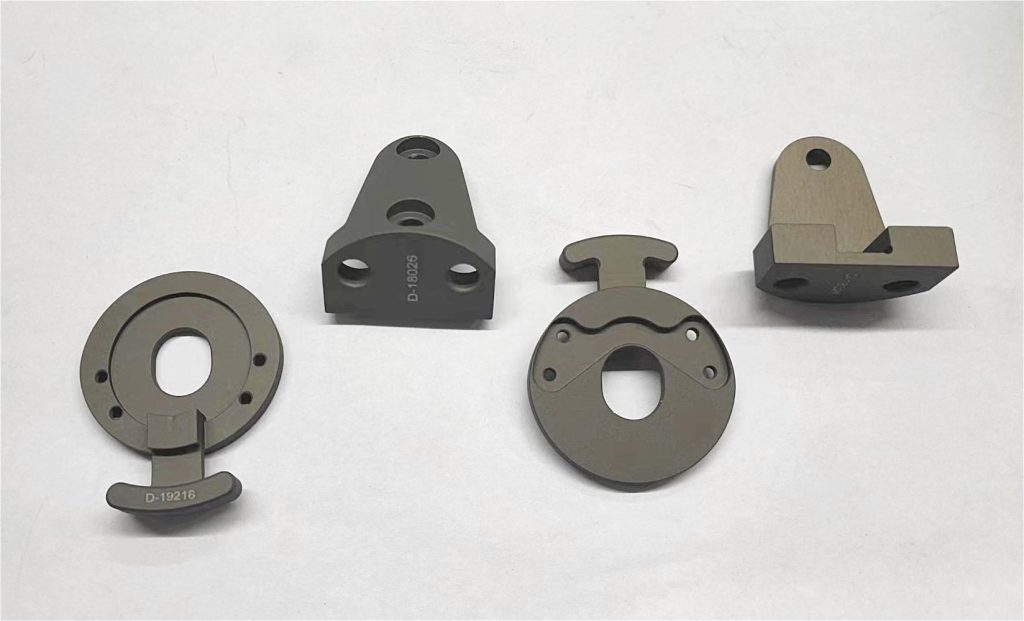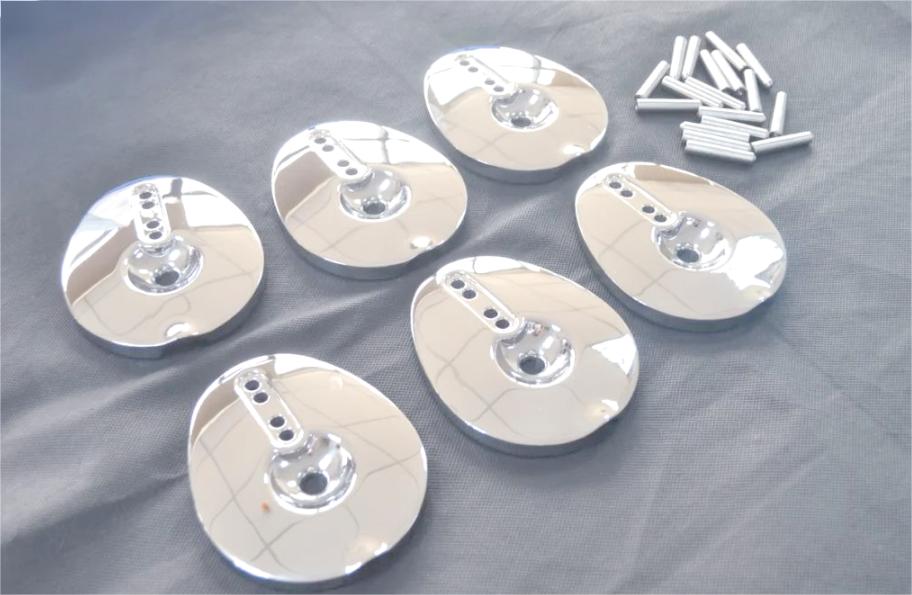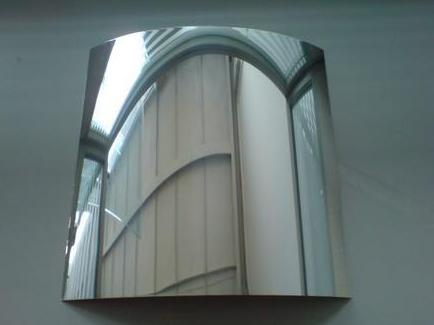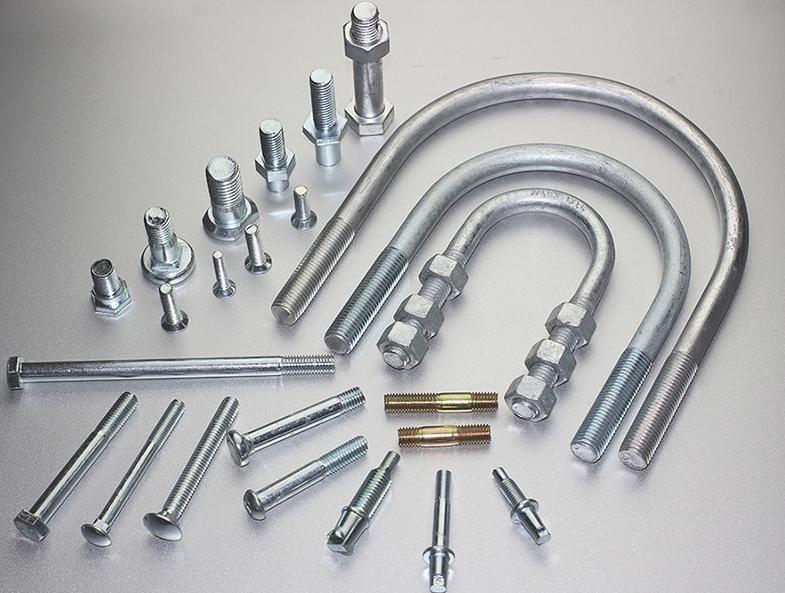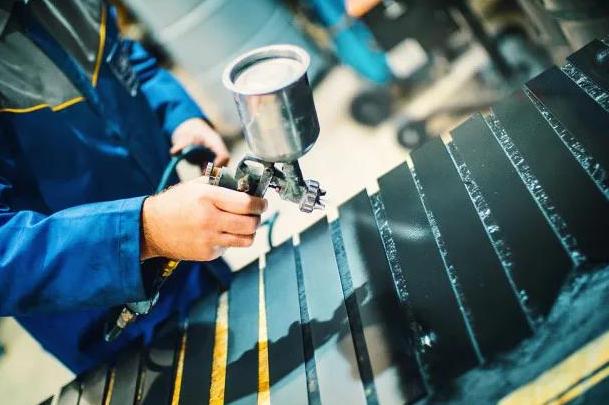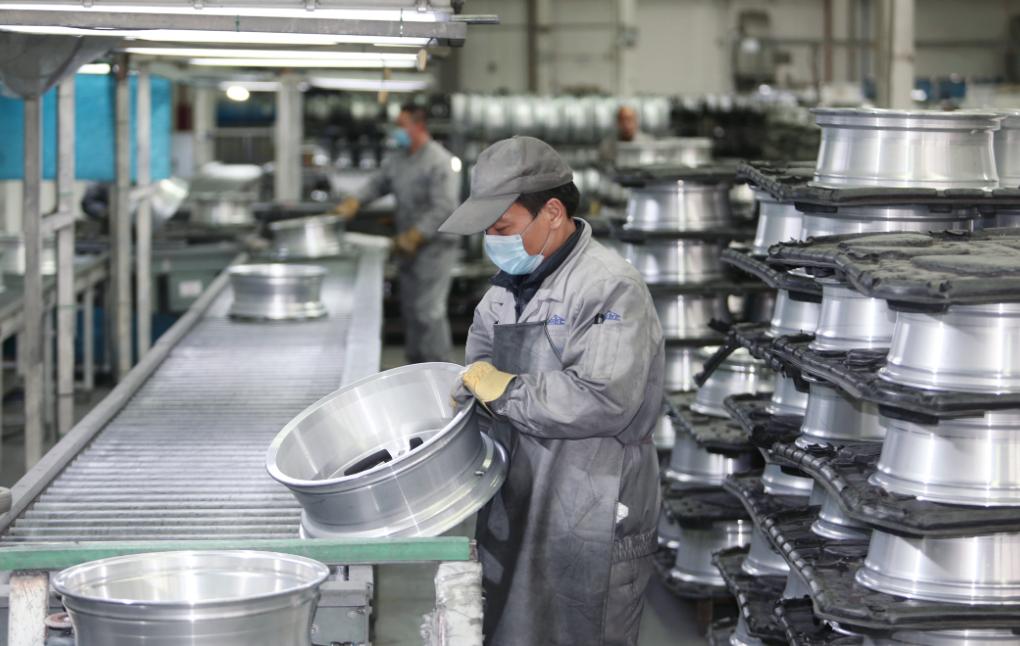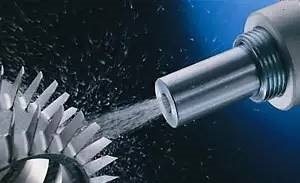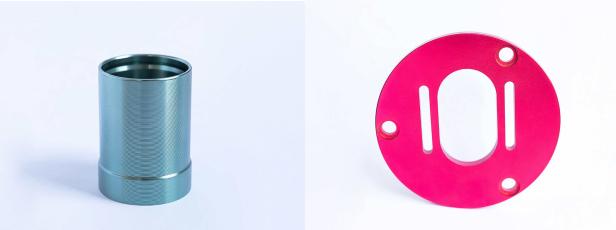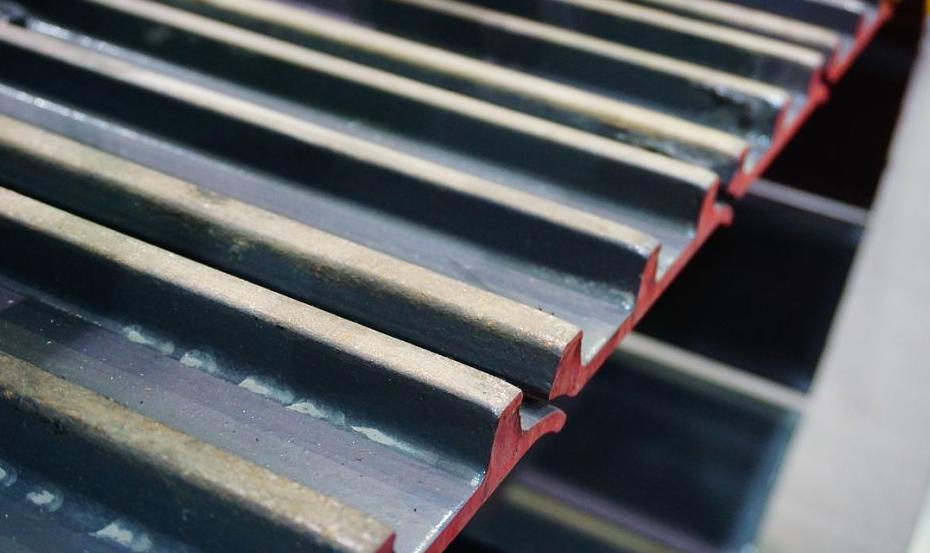Electroplating is the process of using the principle of electrolysis to coat a thin layer of other metals or alloys on the surface of certain metals. Such as rust), improve wear resistance, electrical conductivity, reflectivity, corrosion resistance (copper sulfate, etc.), and enhance aesthetics.
Electroplating is divided into specific processes such as copper plating, gold plating, silver plating, chromed, nickel plating, and zinc plating. It is the most widely used in the manufacturing field, especially galvanized and chromed. So what’s the difference between the three?
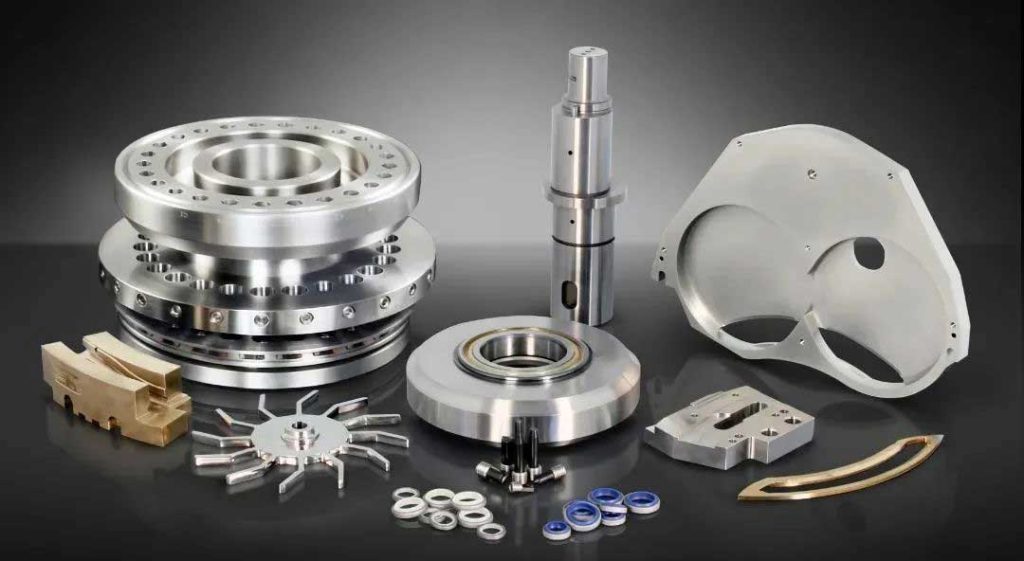
What is Galvanized?
We can also find the definition of galvanizing on Wikipedia. Galvanizing refers to the anti-rust method of coating metal zinc on the surface of iron or steel. Zinc is a metal with high corrosion resistance, which can isolate iron from oxygen and water so that iron cannot undergo the chemical reaction required for rusting; Broken, zinc still protects against rust electrochemically with sacrificial protection. The galvanizing methods mainly include hot dip galvanizing (HDG), electro galvanizing (EG), and cold galvanizing.
Galvanized is characterized by the low cost of parts with galvanized surface treatment, general corrosion resistance, and silver-white color.
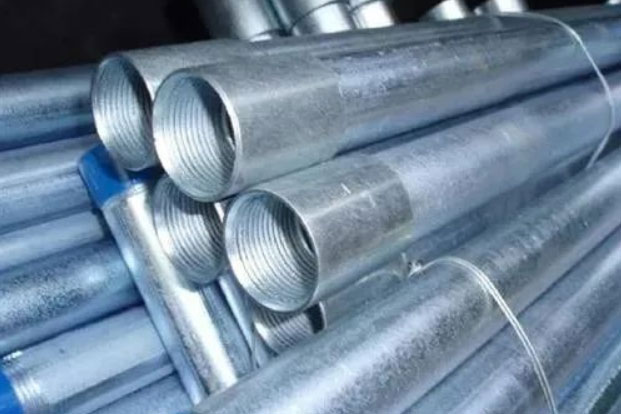
What is Chromed?
Chromium is a bright white metal with microstrip blue. A chromium layer is plated on metal or some non-metal by electrolysis or chemical method, which is called chrome plating.
The chromed layer has high hardness, and its hardness can vary within a wide range of 400-1200HV according to the composition of the plating solution and process conditions. The chrome-plated layer has good heat resistance. When heated below 500 °C, its gloss and hardness have no obvious change. When the temperature is higher than 500 °C, it begins to oxidize and discolor, and when it is higher than 700 °C, the hardness begins to decrease. The friction coefficient of the chrome layer is small, especially the dry friction coefficient, which is the lowest among all metals. So the chrome layer has good wear resistance.
Chromed has good chemical stability and does not work in alkali, sulfide, nitric acid, and most organic acids, but is soluble in hydrochloric acid (such as hydrochloric acid) and hot sulfuric acid. In the visible light range, the reflectivity of chromium is about 65%, which is between silver (88%) and nickel (55%), and because chromium does not change color, it can maintain its reflectivity for a long time, which is better than silver and nickel.
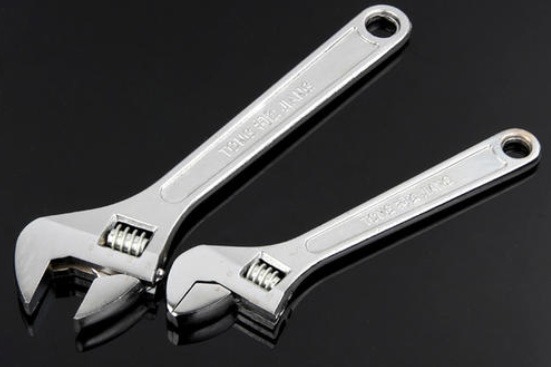
Difference Between Galvanized and Chromed
Chrome plating is mainly to improve surface hardness, beautiful appearance, and rust prevention. Chromium plating has good chemical stability and does not work in alkali, sulfide, nitric acid, and most organic acids, but is soluble in hydrohalic acid (such as hydrochloric acid) and hot sulfuric acid. Because chrome does not change color, it can maintain its reflective ability for a long time and is better than silver and nickel. The process is generally electroplating.
Galvanized is mainly beautiful and rust-proof. Zinc is an active metal that can react with acids, so it has poor corrosion resistance and is the cheapest of the three.
The difference in cost is that chromed is the most expensive, and galvanized is the cheapest. Among them, there is also a distinction between rack plating and barrel plating. Rack plating is expensive, barrel plating is cheap.
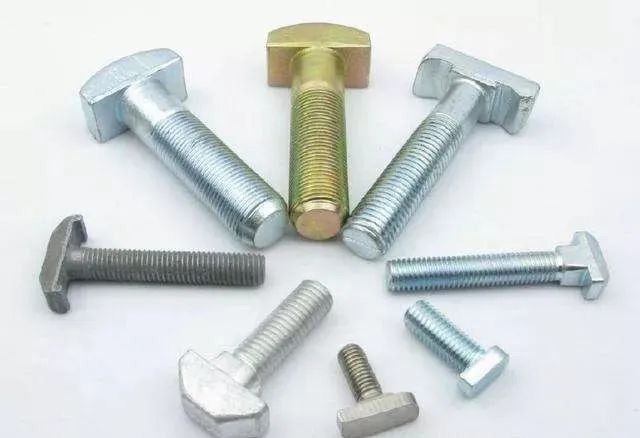
It is worth noting that both galvanized and chromed can be clearly distinguished by color. The color of chrome-plated parts is bright white, and the color of galvanized parts is silver-white (in fact, there are also colored zinc, gray zinc, matt chrome, bright chrome, etc.).


